Our expert-vetted content is grounded in current scientific publications, yet we acknowledge science’s ever-evolving nature. Read our full editorial and disclosure policy.
Introduction
Welcome to our article on The Origin of Horses. It’s hard not to marvel at these majestic animals that have gone through a fascinating evolutionary journey. We also see many different breeds today in different sizes and colors. I am admittedly a ‘horse-girl’ and have been fortunate enough to grow up surrounded by them. As a qualified Animal Scientist and vet student, I hope you enjoy my dive into where the horses we know and love today come from.
The story of where horses come from dates back 50 million years ago. It is interesting to go from a medium fox-sized animal to the large majestic creatures we know and love today. I hope you enjoy learning more about where these animals come from.

Watch the story about the Origin of Horses in our expert interview here:
Key Points
- Horses’ ancestry dates back 50 million years.
- Eohippus, the earliest horse, lived in North American forests.
- Evolution led to Merychippus, which adapted to grasslands 20 million years ago.
- Equus Simplicidens, resembling modern horses, appeared 3.5 million years ago.
- Tarpan, a prehistoric horse, is a domestic ancestor.
- Domestication began around 4000-3500 BC in the Eurasian Steppes.
- Early domestic horses were for milk, meat, and transport.
- Selective breeding in horses was and still is for traits like speed, strength, and temperament.
- They played crucial roles in warfare, from cavalry to logistics.
- Modern breeds result from thousands of years of selective breeding.
Where it all began
The ancestry of horses is a fascinating journey that spans over 50 million years. Their earliest known ancestor is Eohippus (also known as Hyracotherium). Eohippus was a small, fox-sized creature living in North America’s forests. It had four padded toes on the front feet and three on the back, a far cry from the single-hoofed creatures we know today.
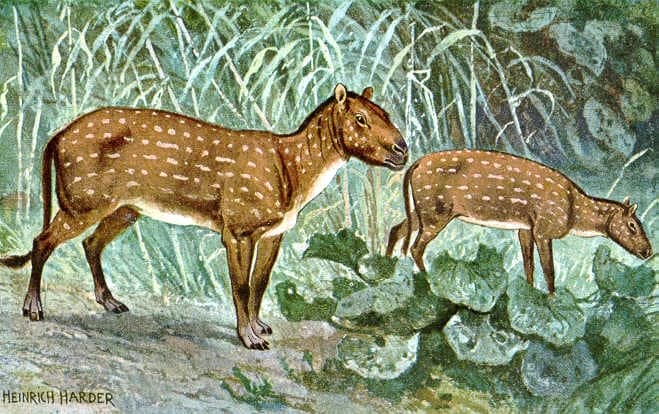
From the ancestors to the first Equus
Over millions of years, horses evolved in response to changing environments. During the Miocene epoch, around 20 million years ago, the Merychippus emerged. They had a larger body size, longer legs, and a more hoof-like single, large toe, with two smaller toes on either side. This adaptation was likely in response to the spread of grasslands, which required them to run faster to escape predators. Several other ancestors emerged before becoming Equus, resembling the horse we know today. Equus Simplicidens, also called the Hagerman horse, appeared about 3.5 million years ago with a donkey-shaped head described as zebra-like. These are the oldest members of the genus Equus. Read more about these ancestors in more detail.

The domestication of horses
The domestication began around 4000-3500 BC in the Eurasian Steppes, likely by the Botai culture. Early domesticated horses were for milk, meat, and transportation. Human selective breeding over thousands of years has resulted in our diverse breeds.
This was a significant milestone in human history, allowing transportation, agriculture, and warfare advancements. However, how they were first tamed and domesticated remains a topic of ongoing research and debate among scientists.
When did the domestication of horses start?
The domestication process occurred around 3500 BCE in the Eurasian steppes, particularly in the regions that are now modern-day Ukraine, southwest Russia, and west Kazakhstan. The Botai culture, an ancient group of hunter-gatherers, holds the credit for being the first to tame and domesticate horses.
How did humans start domesticating wild horses?
The domestication likely started with capturing wild foals, which humans then raised. Foals would have been easier to handle and train than adults. Tamed horses were selectively bred over time for desirable traits such as tameness, size, strength, speed, or endurance.
The role of the early domesticated horse
Early domesticated horses were probably for milk and meat, similar to other livestock. Evidence of milk consumption is found in pottery shards from archaeological sites associated with the Botai culture. The use of them for riding and as draft animals likely developed later. The discovery of wear marks on their teeth at Botai sites suggests that they may have used bit-like devices to control them, indicating their early use for riding.
The migration of pastoral nomadic cultures likely facilitated the spread of domestication across Eurasia. Horses provided these cultures with transportation crucial for their nomadic lifestyle. Over time around 3500 years ago, they spread to the rest of Europe, the Middle East, and Asia, and they had various purposes, including transportation, agricultural work, and warfare. As they had different uses, they became bred for varying purposes.
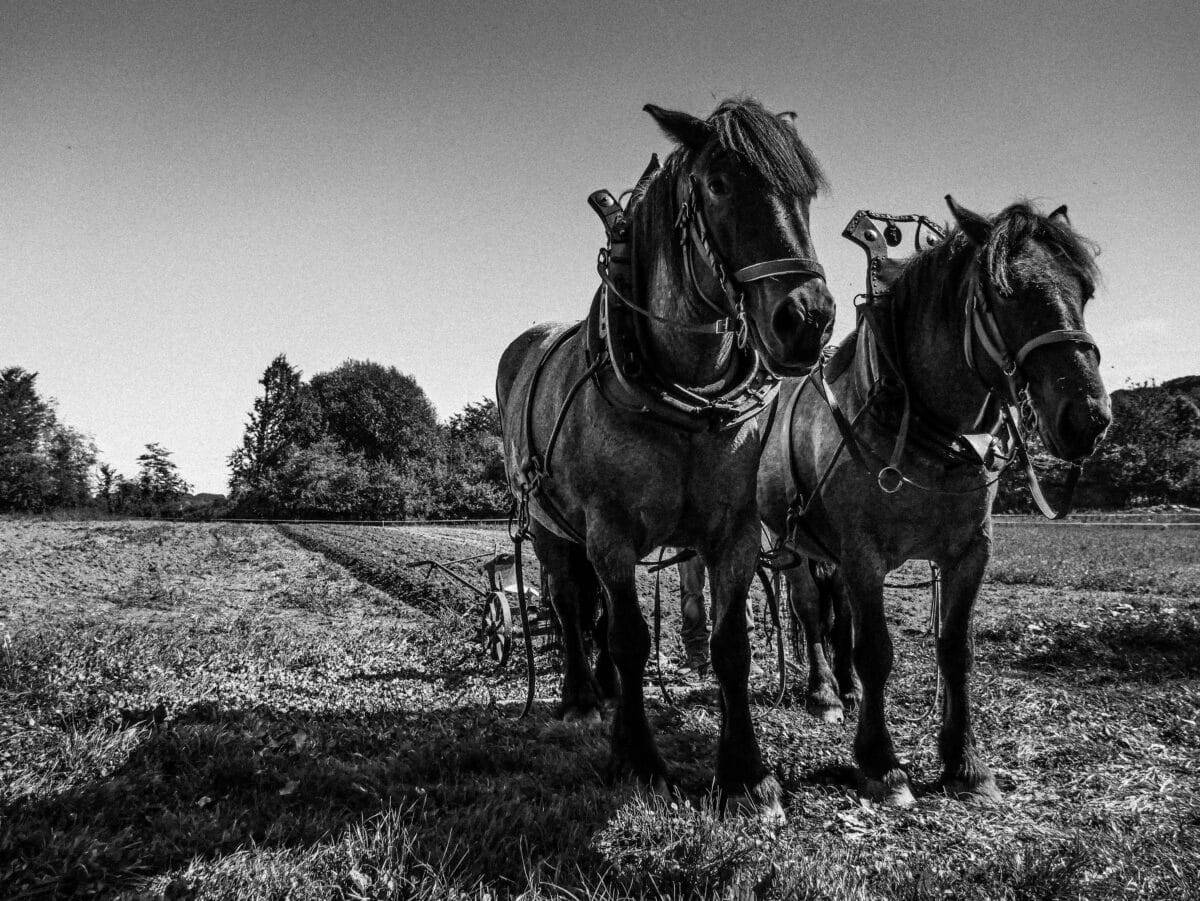
Horses were and still are selectively bred for:
Selective breeding is a practice that has been around for centuries to enhance desirable traits and produce animals better suited to specific tasks or environments. Let us dive into some of these traits.
Strength and Size
Draft horses such as the Clydesdale or the Shire are bred for their strength and size. They were historically produced for heavy work, such as plowing fields or pulling heavy loads. They have strong muscles, large bodies, and a calm, steady temperament.
Speed:
Speed is a prominent trait in horses that can be selectively bred for. This is particularly true for Thoroughbreds, for horse racing. Selectively breeding for generations to maximize their speed and endurance. Secretariat (born 1970), a well-known racehorse, still holds the fastest time records in The American Triple Crown. He also had a heart three times that of the average size.

Endurance
Breeds like the Arabian are selectively bred for their endurance ability. Arabians are known for their ability to travel long distances over harsh desert terrain. They have a unique physiology, including a larger lung capacity and more dense bone structure, which allows them to excel in endurance riding competitions.
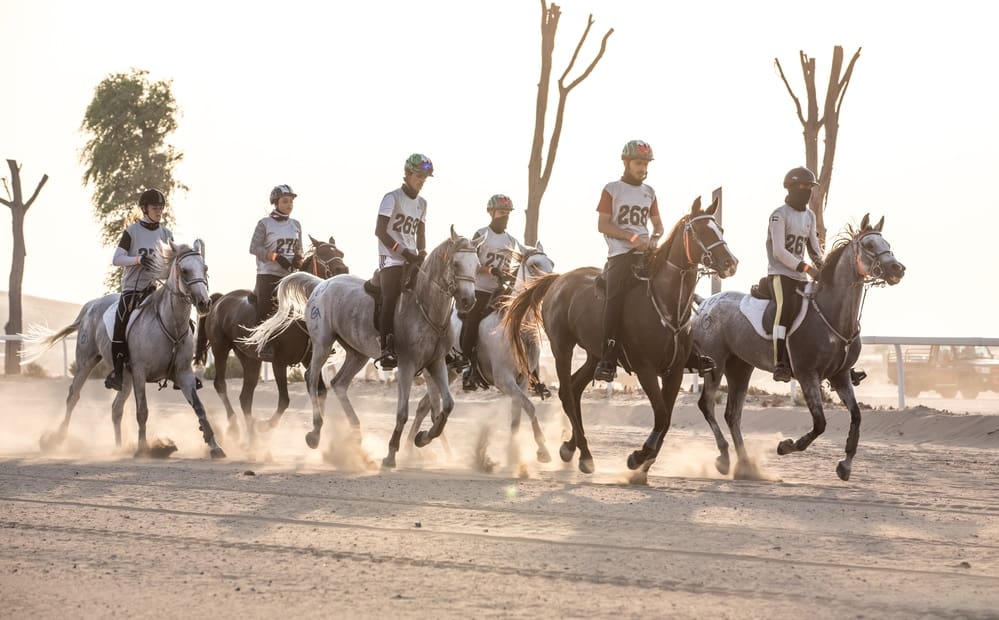
Temperament
Some horses have temperaments humans favor. For example, Quarter Horses are known for their calm and steady demeanor, making them excellent for beginner riders or use in therapeutic riding programs. On the other hand, some breeds are known for their spirited and energetic nature, which can be desirable for certain types of competition.
Gait
Some traits were favored to create breeds that have unique gaits. For example, the Tennessee Walking Horse is known for its smooth “running walk,” and the Icelandic Horse for its “tölt,” both of which are comfortable for riders over long distances.
Jumping Ability
For example, the Warmbloods can be bred for their jumping ability. They are seen in show jumping and eventing competitions.

Color and Markings
Horses can be bred for color or markings. For example, the Appaloosa is known for its spotted coat, and the Paint for its pinto patterning.
In conclusion, selective breeding has been used and is still used today to enhance various traits, from physical characteristics like speed, strength, and endurance, to behavioral traits like temperament and even aesthetic features like coat color and markings. This has resulted in the diverse range of breeds we see worldwide.
What is a cold and hot-blooded horse?
A phrase that horses can be referred to as ‘hot-blooded’ or ‘cold-blooded’ is misleading. They are mammals and therefore are warm-blooded, but the nomenclature refers to their temperament. ‘Cold-bloods’ are generally calmer, big-boned, and thick-skinned with endurance and power, making them ideal draft horses. Selection for these traits makes them ideal for pulling heavy loads and carts. Examples of cold-bloods are Percherons, Clydesdales, and Shires.
‘Hot-blooded’ horses are more energetic, spirited, nervous, and athletic. They tend to have a more slight athletic build and are the prominent breed in racing. Examples of them include Thoroughbreds and Arabians.
‘Warm-blooded’ horses are a result of mixing cold and hot-bloods. Many countries developed these bloodlines for riding purposes to have the athletic influence of the thoroughbreds (hot-bloods) but the calmer elements of the draft breeds (cold-bloods).
Horses’ role during war times
Horses have played a critical role in warfare for thousands of years, serving in various capacities, from transportation and communication to direct combat roles. Their use in war has evolved, reflecting changes in technology, tactics, and the nature of war itself.
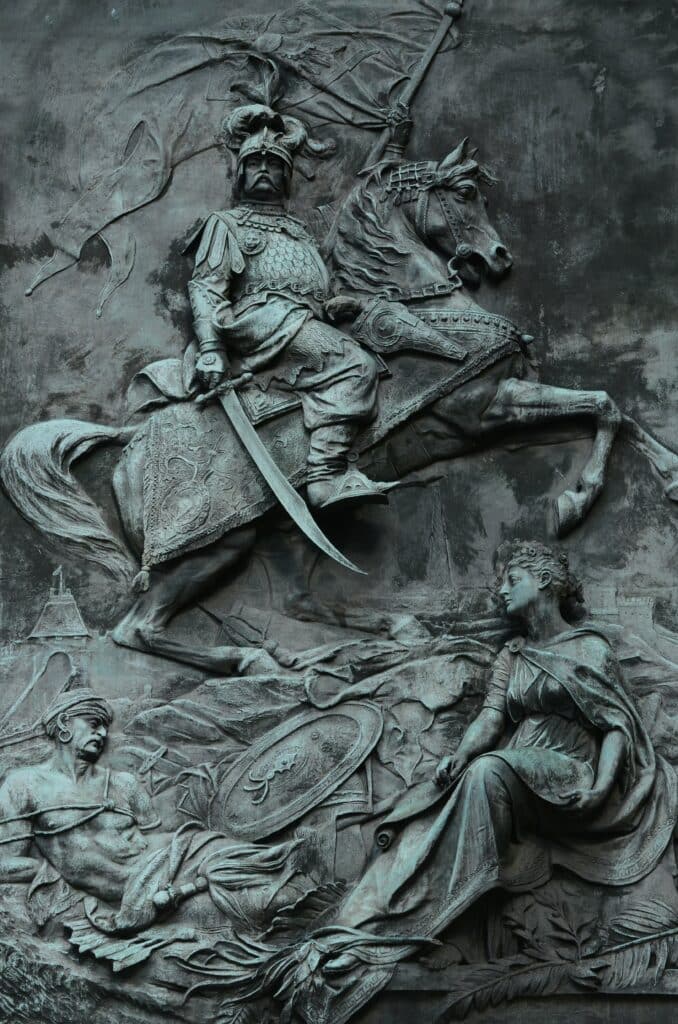
Cavalry Units
One of the most iconic roles for horses in warfare was as part of cavalry units. Mounted soldiers could move quickly across the battlefield, making them practical for scouting, flanking, or charging enemy lines. A cavalry charge’s mobility and shock value were significant tactical advantages in many historical battles.
Artillery Transport
Horses pulled artillery pieces and supply wagons. This was particularly true in the era before mechanized vehicles. Their strength and endurance made them ideal for transporting heavy loads over long distances and rugged terrain.
Communication
Before the advent of radio and other modern communication technologies, horses were crucial to carry messages across the battlefield. Fast, reliable messenger horses were critical for communication between units or command posts.
Horses’ role in Logistics and Supply
Horses carried supplies, ammunition, and even soldiers’ horses. They were essential in areas where roads were poor or non-existent or where motorized vehicles were not available or practical.
Mounted Infantry
In some cases, they transported foot soldiers to the battlefield. These soldiers would dismount to fight, using them primarily for increased mobility.
War Horses
They could be explicitly trained in combat. These “war horses” were often bigger and stronger, capable of carrying a heavily armored knight into battle. They were taught to remain calm in the chaos of battle and sometimes even to fight themselves, biting or kicking opponents or trampling them underfoot.
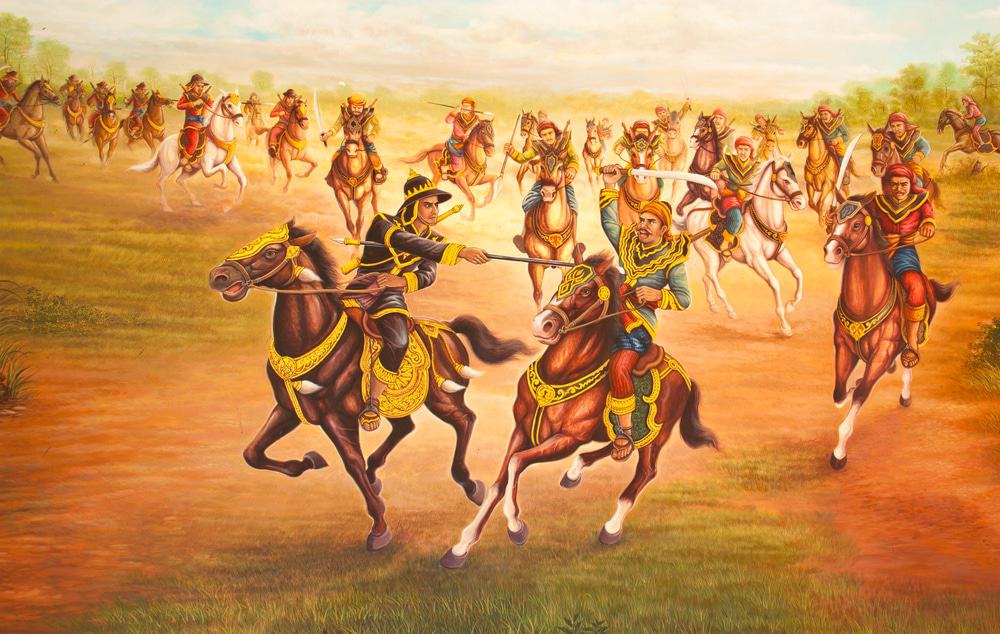
In the 20th century, the role of horses in warfare began to decline with the advent of mechanized warfare. Tanks and other armored vehicles replaced cavalry in most positions, and motorized transport took over the logistical functions previously performed by horses. However, both World Wars used horses extensively in areas inaccessible by motorized vehicles.
Despite the increase in mechanized warfare, some military units still use horses to patrol and survey areas with challenging terrain. While their role has diminished with the advent of modern technology, the history of horses in warfare is a testament to their versatility, endurance, and the strong bond between horse and rider.
Wrapping up the Origin of Horses
The horses’ ancestry is a testament to the power of evolution and adaptation, transforming a small forest-dwelling creature into the majestic and versatile animal integral to human history. Many of the various breeds we see today result from selective breeding.
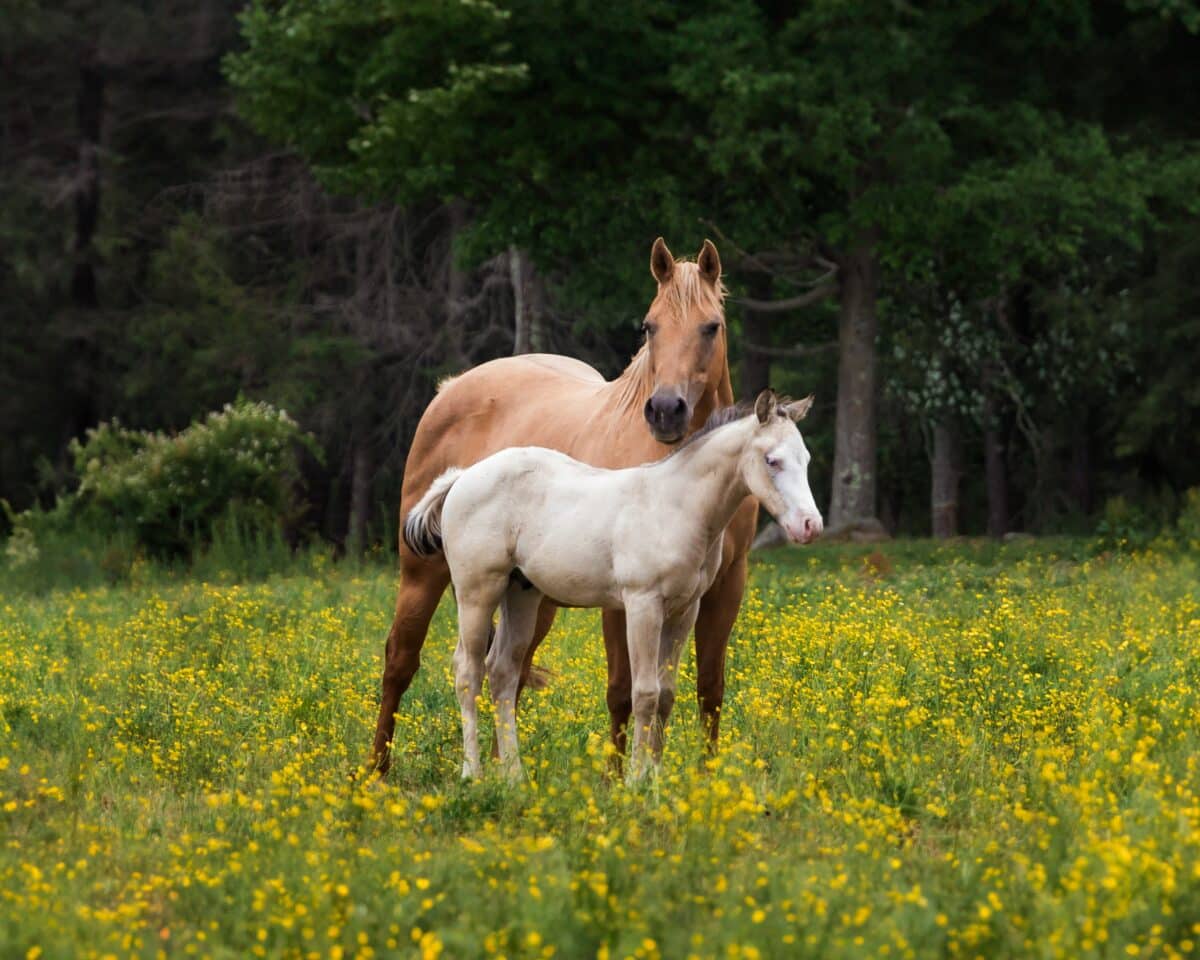
To conclude, the domestication of horses was a complex process that took place over thousands of years. It involved taming the wild ones, selective breeding, and developing new uses for these versatile animals. The domestication of journeys has profoundly impacted human societies, enabling new forms of transportation and warfare and shaping human history.
If you enjoyed reading about the origins of these majestic animals, click one of the links to learn about where cats and dogs come from.
Frequently asked questions
They are not originally native to Africa.
The first horse, Eohippus, appeared around 50 million years ago.
They came to Africa around 2000-3000 years ago.
The first horse, Eohippus, was found in North America.
- The Largest Horse Ever Recorded – Sampson - February 29, 2024
- The Origin of Dogs: How Dogs Became Our Best Friends - February 27, 2024
- A Love Affair: Pets and Valentine’s Day - February 13, 2024

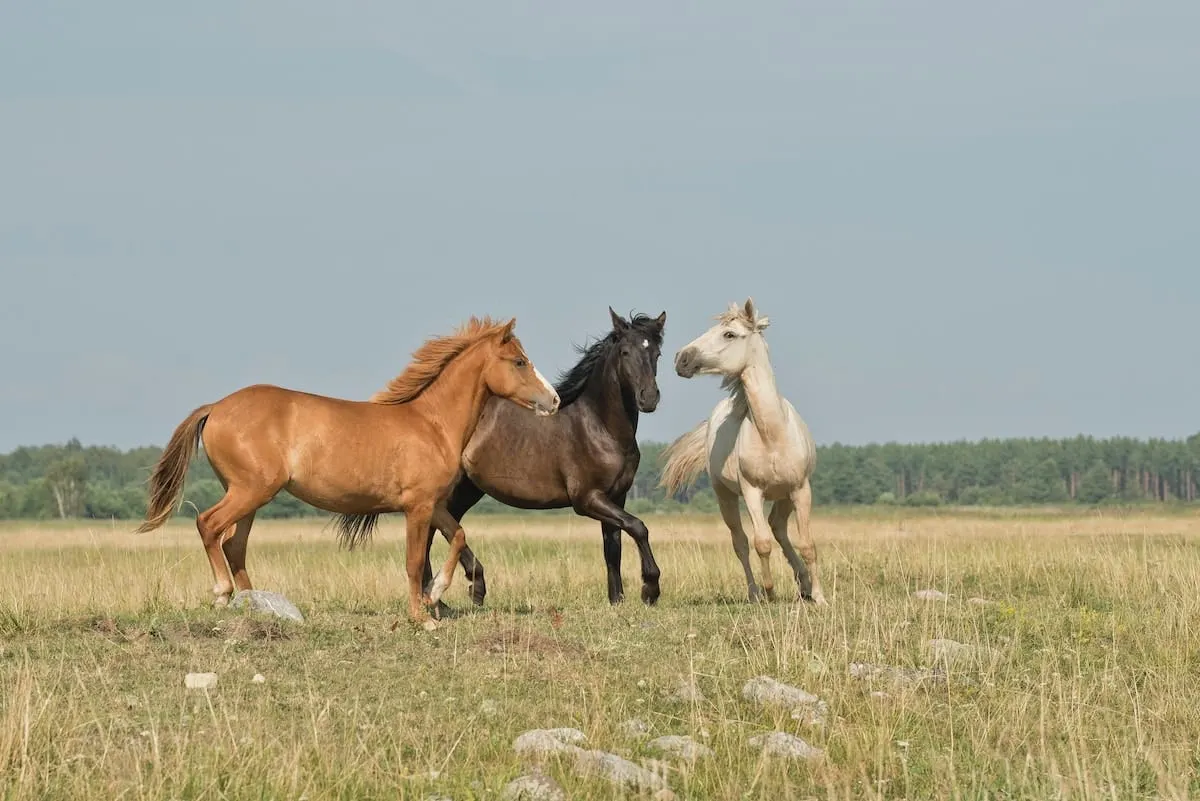

Jack
Sunday 27th of August 2023
Love this!